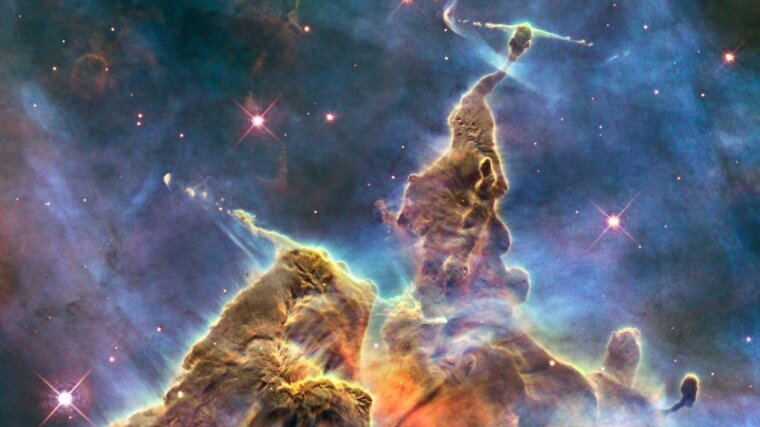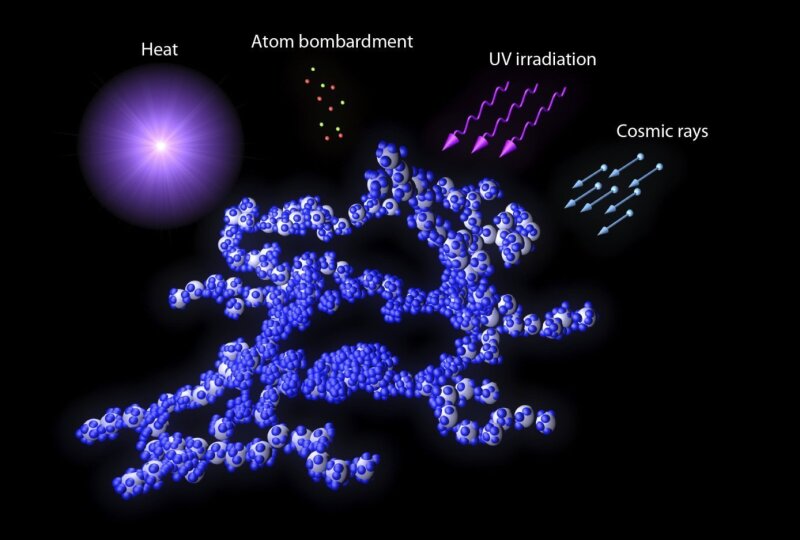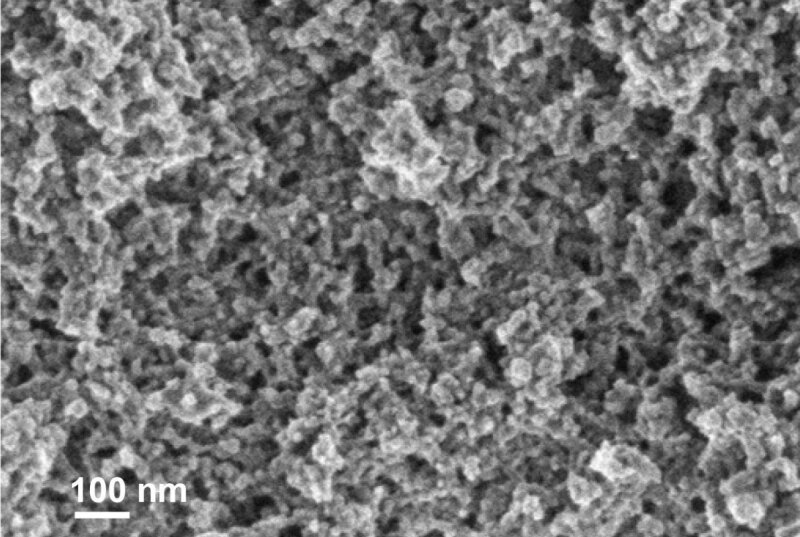
The first steps towards the origins of life on Earth occur most likely in space. This is because chemical reactions can take place on ice-covered cosmic dust particles, and these reactions produce building blocks of life, such as simple amino acids. However, this has probably happened in a significantly different way than previously thought. Because the dust grains are not covered with a thick layer of ice, as was previously assumed. Instead, the ice is extremely thin and only partially covers the dust surface with loose branches. This was recently discovered by a team from the Friedrich Schiller University Jena and the Max Planck Institute for Astronomy (MPIA) in Heidelberg. This means that the chemical reactions on this cosmic dust also proceed differently than previously assumed.
In the Laboratory Astrophysics Group at the Institute of Solid-State Physics at the Friedrich Schiller University Jena, the team created artificial dust grains under conditions similar to those found in space. To do this, the researchers used a laser beam to remove tiny particles from a graphite sample and produced different types of ice on them.
Schematic illustration showing dust grains (in grey) mixed with ice molecules (in blue) and the most important external influences that are important for chemical processes in space.
Picture: A. M. Quetz / MPIACosmic laboratories with large reaction surface
Due to their high porosity, the surface area of the particles is several hundred times larger than that of simpler shapes. This means that considerably more molecules can react with each other on this surface. »For us, the dust grains have brought new players into cosmic astrochemistry«, says Dr Alexey Potapov from the Institute for Solid-State Physics at the Friedrich Schiller University Jena. The physicist is first author of the paper, which was published in the journal Physical Review Letters. »Now that we know of the significance of dust particles, we have a better chance of understanding the fundamental chemical reactions that led to the creation of life in the universe.«
The exposed surface of the particles can also participate in the reactions as a catalyst. Thus, in these »cosmic laboratories«, important precursors of biomolecules – such as formaldehyde or the simple amino acid glycine – can be formed more frequently than if the surface were made entirely of ice.
Cosmic dust from the laboratory: The electron microscope image shows the surface of one of the artificially generated dust grains.
Picture: Alexey Potapov»With these results, the search for the origin of complex molecules in space is heading in an exciting new direction«, explains Prof. Dr Thomas Henning. The Professor of Astrophysics at the Friedrich Schiller University Jena is co-author of the paper and Director at MPIA. He and his team will continue to take this direction in the future. »We have just opened our new “Origins of Life” laboratory at MPIA, which is tailored precisely to this type of research.«
Text: Marco Körner
Original publication:
Potapov A. et al. Ice Coverage of Dust Grains in Cold Astrophysical Environments. PHYSICAL REVIEW LETTERS 124, 221103 (2020), DOI: 10.1103/PhysRevLett.124.221103External link

